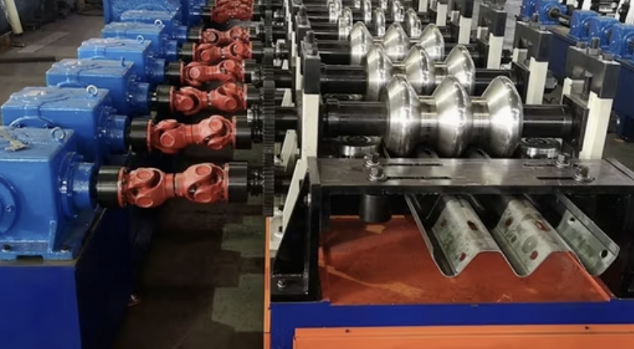
Posted on Monday, November 4, 2024
Investing in a roll forming machine can be a substantial commitment, especially in a country like Denmark, where specific industrial standards, energy considerations, and climate conditions influence equipment selection. In this guide, we’ll explore key aspects Danish buyers should consider, such as power specifications, profile compatibility, and machine speed preferences, to help ensure the equipment matches operational needs.
Power supply is one of the most critical factors to consider when purchasing a roll forming machine. Danish industrial facilities typically operate with a three-phase power supply, often at 400V and 50Hz, aligning with European standards. Before finalizing a purchase, ensure the machine’s power requirements are compatible with local infrastructure. Key points to address include:
The profile capabilities of a roll forming machine must align with the types of profiles prevalent in Danish industries. For example, Denmark’s construction industry often requires profiles suited for roofing, cladding, and structural applications, making it essential to select a machine that supports relevant profile sizes and shapes. Considerations include:
Production speed is another essential factor, particularly for companies balancing high-quality output with efficiency. Danish buyers should assess their specific production needs and select a machine with a speed that matches operational demands. Key points to consider include:
Selecting the right roll forming machine for Danish industries requires understanding local power requirements, choosing a machine that aligns with industry-standard profiles, and optimizing for production speed and precision. By considering these factors, buyers in Denmark can make informed choices that enhance operational efficiency and meet both national standards and sustainability goals.

Understanding Coil IDs, Mandrel Sizing, and Shear Pin Safety in Uncoilers
Posted on Wednesday, October 1, 2025
Mismatched sizes can lead to machine damage, downtime, and safety hazards — often evidenced by a shear pin failure.

How Coil Tensile Strength Affects Roll Forming and How to Adjust Your Machine
Posted on Wednesday, October 1, 2025
Changes in tensile strength can significantly affect the finished profile, causing misaligned bends, uneven edges, and out-of-spec parts.

Why Paint Cracks on an Embossing Line Running Pre-Painted Coil and How to Prevent It
Posted on Wednesday, October 1, 2025
This issue not only affects the visual quality of the product but can also lead to increased scrap rates and customer complaints.

The Most Popular Standing Seam Metal Roof Panels in the U.S. — A Comprehensive Guide
Posted on Monday, September 29, 2025
In this post, we’ll explore what panel styles and sizes are most popular in the U.S